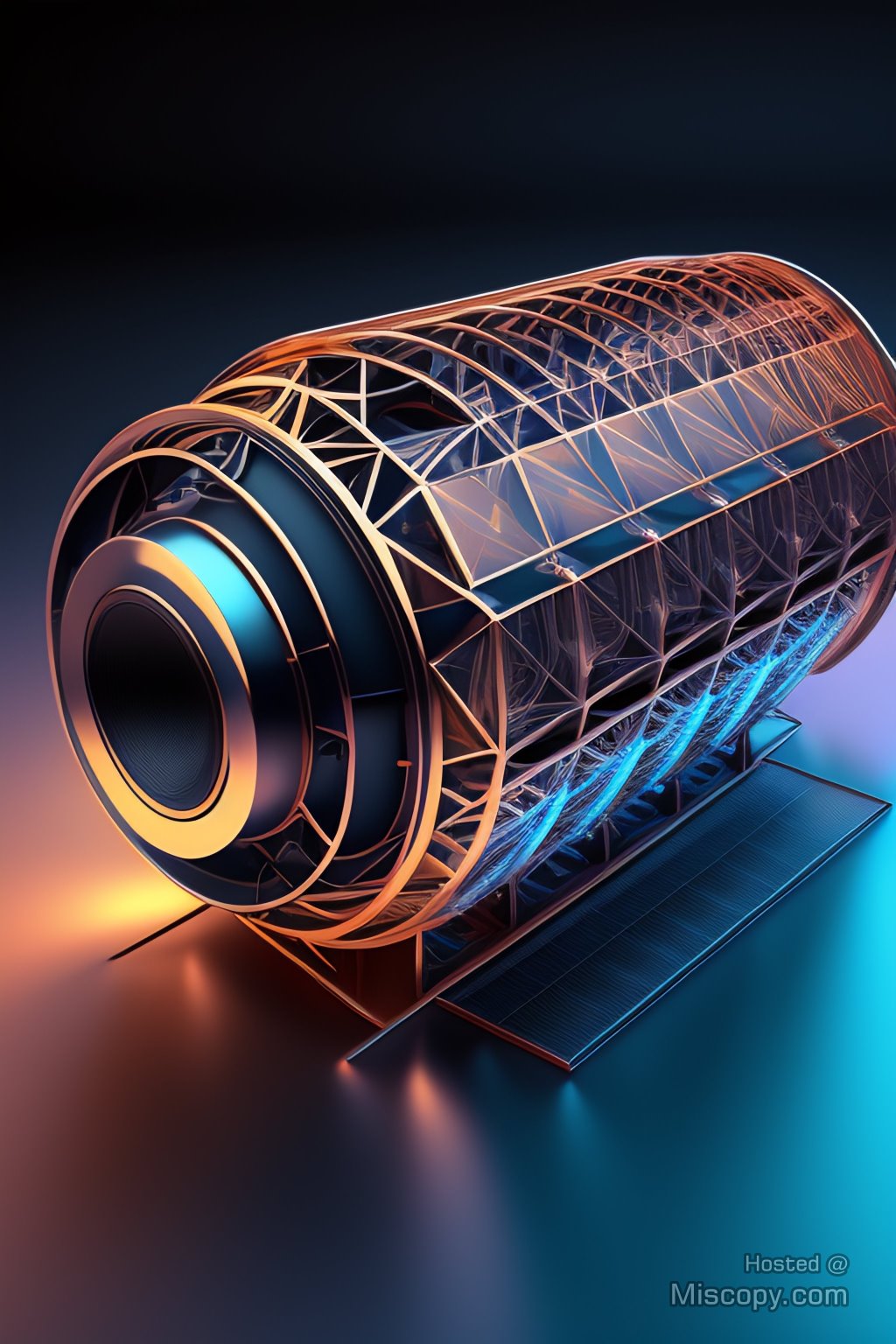Direct Energy Weapons (DEWs) represent a significant technological advancement in the realm of military and defense capabilities. These sophisticated weapons systems utilize focused energy to engage targets, offering precise and potentially non-lethal means of neutralization. In this article, we will delve into notable DEW patents, highlighting the advancements, inventors, and potential implications of these technologies.
More about Direct Energy Weapons can be found HERE.
Patent Number: US 5,436,646 – High-Power Microwave Weapons System
One prominent DEW patent is US 5,436,646, which outlines a high-power microwave weapons system. This patent focuses on the utilization of electromagnetic waves in the microwave frequency range to disrupt or damage electronic systems. The invention presents an innovative approach to incapacitating targets without causing physical harm, offering potential applications in military and law enforcement scenarios.
Patent Number: US 7,434,675 – Electromagnetic Pulse (EMP) Directed Energy Weapon
Another significant DEW patent, US 7,434,675, introduces an electromagnetic pulse (EMP) directed energy weapon. This patent details the use of EMP technology to disable electronic systems by inducing high voltage or current within their components. With the potential to disrupt critical infrastructure and communication systems, this technology represents a substantial advancement in the field of electronic warfare.
Patent Number: US 9,419,380 – Laser-Based Non-Lethal Weapon
US 9,419,380 introduces a laser-based non-lethal weapon designed to provide a means of incapacitating targets without causing permanent harm. This patent showcases advancements in high-energy lasers, enabling precision targeting and controlled delivery of energy to neutralize threats effectively. The invention’s non-lethal nature makes it suitable for scenarios where lethal force is undesirable.
Patent Number: US 10,172,787 – Active Denial System (ADS)
US 10,172,787 presents the Active Denial System (ADS), a millimeter-wave-based DEW designed for crowd control and deterrence purposes. This patent outlines a non-lethal system that emits directed energy to induce a temporary sensation of intense heat on the skin, leading to immediate discomfort and encouraging targeted individuals to move away. The ADS showcases advancements in DEW technology, offering a potential alternative to conventional riot control methods.
Implications and Considerations
The existence of these DEW patents raises various implications and considerations in both military and civilian contexts. On one hand, these technologies provide potential advantages such as precision targeting, reduced collateral damage, and non-lethal incapacitation. However, concerns surrounding misuse, unintended harm, and potential violations of human rights also come into play.
Transparency, Responsible Use, and Regulation
As DEW technologies continue to evolve, it is crucial for governments, military entities, and regulatory bodies to maintain transparency, responsible use, and effective regulation. Strict adherence to international law, ethical guidelines, and human rights principles is essential to prevent misuse and protect civilians.
Ongoing Research and Development
DEW patents serve as indicators of ongoing research and development in the field. As new technologies emerge, it is imperative to balance advancements with careful evaluation of their long-term implications, both in terms of military capabilities and the potential impact on civilian populations.
Conclusion
Direct Energy Weapons patents represent the culmination of extensive research and development efforts in the pursuit of advanced military and defense technologies. These patents, with their focus on high-power microwave systems, electromagnetic pulse weapons, laser-based non-lethal weaponry, and crowd control systems, demonstrate the continuous evolution of DEW capabilities.
As these technologies progress, it is vital to maintain a balance between military advantages, civilian safety, and adherence to ethical standards. Responsible use, transparency, and international cooperation should guide the deployment and regulation of DEWs to ensure their potential benefits are realized without compromising human rights or causing unintended harm.





Leave a Reply